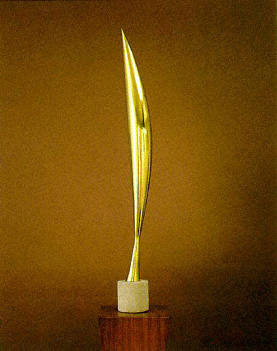
The world class collection of decorative arts formed by world class self-promoter Arthur Gilbert that has been resident at Somerset House since 1996 will close to the public on January 27th. The Gilbert Collection was displayed at the Los Angeles County Museum of Art until the petulant millionaire became frustrated with the unwillingness of that museum to water the plants in his galleries frequently enough or to provide enough magnifying glasses or to give him his own dedicated curator so he carted it off to England in exchange for a knighthood. Ah, the glorious LA philanthropic tradition, previously bemoaned here.
Despite Gilbert's shortcomings, the collection he formed is truly special and it is absolutely worth a visit or 3 before it's closed up for the move to the Victoria & Albert Museum. There it will continue to have a suite of dedicated galleries when it reopens in 2009, but the announcement posted on the Gilbert Collection's website includes the following important sentence:
Some pieces will be incorporated into displays elsewhere in the V&A and some of the silver will be returned on loan to the historic houses for which it was originally made.
At long last, the vanity of Gilbert will cease to limit the ability of curators to present it to the public. It's surprising but relieving to find that he didn't include, in the terms of his gift, a clause that said the collection could never be split up and all pieces must always be on display, that classic LA move that ensures that museums remain "a tomb where the past and its taste remain preserved," to quote Adam Gopnik.
If and when you make a visit to the Gilbert Collection before it leaves, you must not miss the snuffboxes. (Others might argue for the micromosaics, also wonderful objects.) The gold, bejewelled boxes are things of staggering beauty made for the humblest of tasks. They are well installed in Somerset House in a dark room with spotlights picking up the diamonds and enamel that encrust the 40 or so on display. The photograph above is of particularly lavish example made for Frederick the Great. It will be sad to have them in far off South Kensington, though it is unquestionably the right decision to bring the collection to a larger public.
It is a source of no small pleasure to me that I have been able to track down an image of the gloriously tacky recreation of his LA office, complete with his honorary degrees and a wax effigy of the man himself, that occupied one of the Collection's galleries for many of its years in the UK. (The real Sir Arthur is on the right.) Not the proudest day for Somerset House.

P.S. Those two "paintings" behind wax Arthur are examples of the dazzling micromosaics. They have to be seen to be believed.










